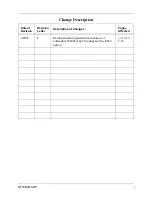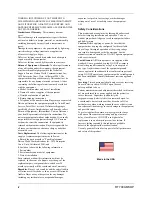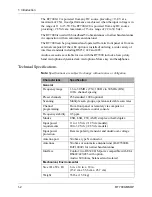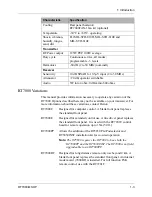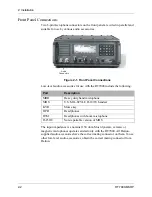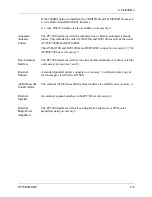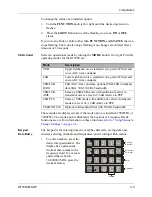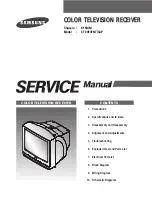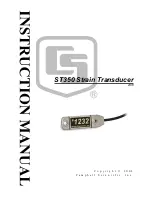
RT7000-MSOP
2-1
CHAPTER 2
INSTALLATION
This section contains information necessary to install the RT7000 in its
operating environment. Power, antenna, and accessory connections are
discussed. System diagrams are provided to show the proper connections to a
variety of accessories.
Unpacking and Inspection
When unpacking the RT7000, carefully remove the equipment from its
container and inspect it for any possible damage. If anything is damaged, notify
Datron. Check the equipment against the packing list. Save the original
container and packing materials for storage or reshipping purposes.
Location Considerations
The RT7000 can be deployed successfully in various locations, in a number of
different configurations, depending on whether remote or extended control is
used. Information in this section pertains to the main body of the RT7000,
whether it is controlled locally or from a remote site.
Fixed Station
Unless otherwise specified when ordered, the RT7000 is shipped ready for
operation. It is also available for mounting in a rack, provided the appropriate
rack kit is ordered.
Make sure the temperature at the location is within the specified range, and that
there is adequate ventilation around the rear of the RT7000 to allow for air flow.
The RT7000 has a rear panel heat sink to dissipate heat that is generated from
the power amplifier during transmission. The RT7000FAN-1 external option
provides continuous cooling when conditions require heavy use.
To prevent unwanted noise, locate the RT7000 as far away as possible from
electrostatic and magnetic field-generating equipment.
When attaching external cables to the RT7000, allow for sufficient slack in the
cables. This prevents damage from sharp bends and ensures easy disconnection.
Vehicular or
Marine
Use the mobile mount to mount the RT7000. It may be necessary to fabricate
special supplementary brackets to complement a particular vehicle or shipboard
location. Datron offers rack, mobile, and shock mount kits for the RT7000,
suitable for most installations.



